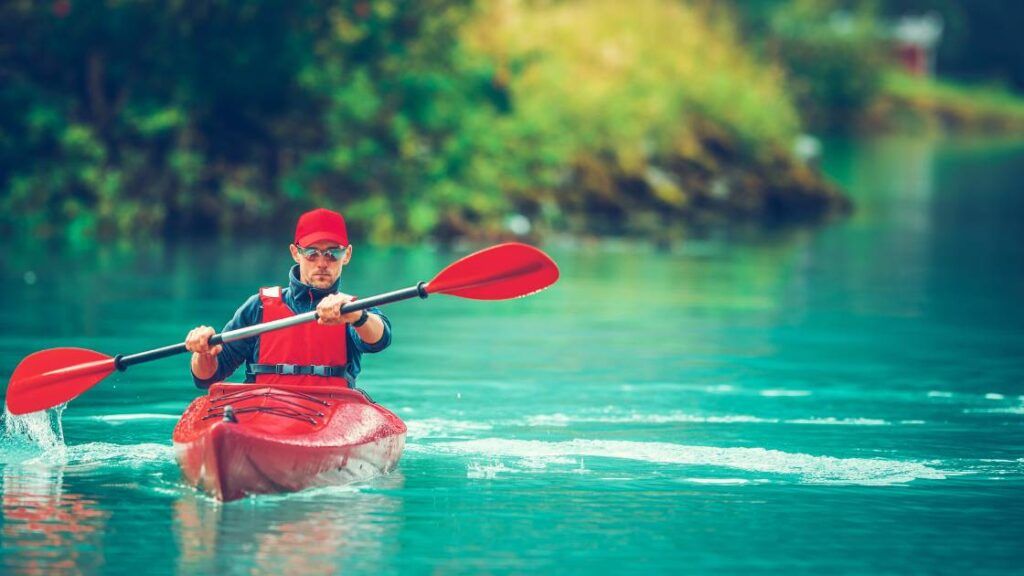The “Guidelines for Managing Risks in Recreational Water” document by the National Health and Medical Research Council (NHMRC) in Australia aims to protect human health from threats associated with the recreational use of coastal, estuarine, and freshwater environments. The guidelines allow state and territory governments to develop local legislation and standards, encouraging a nationally harmonized approach.

Key Points of Managing Risks in Recreational Water:
1. Scope and Structure:
– The guidelines are divided into two parts:
– Part 1: General overview and management of recreational water.
– Part 2: Detailed information on potential hazards.
2. Physical Hazards:
– Water bodies should be free of hazards like floating or submerged objects.
– Permanent hazards (e.g., rips, sandbars) should have warning signs.
3. Sun, Heat, and Cold:
– Recreational water temperature should range between 16–34°C.
– Users should be educated on reducing ultraviolet radiation (UVR) exposure.
4. Microbial Quality:
– Preventive practices should be adopted to protect against contamination from faecal material.
– Classifications are based on sanitary inspection and microbial water-quality assessment.
5. Cyanobacteria and Algae:
– Guidelines for acceptable levels of cyanobacteria and algae in fresh and coastal waters.
– Management framework for bloom presence and development.
6. Dangerous Aquatic Organisms:
– Avoid direct contact with venomous or dangerous organisms.
– Use warning signs where hazards are known.
7. Chemical Hazards:
– Water should be free from toxic or irritating chemicals.
– Local assessments for chemical contamination are necessary.
8. Aesthetic Aspects:
– Water should be free from visible pollution and aesthetically acceptable.
– Regular monitoring for transparency, odour, and litter.
9. Monitoring and Management:
– Three-level monitoring system: Surveillance, Alert, and Action modes.
– Grading water bodies based on contamination levels for appropriate management.
10. Preventive Risk Management:
– Focuses on understanding local hazards and managing them within a risk-management framework.
– Aim to inform the public and reduce risks in real time.
Summary Tables and Figures:
The document includes tables and figures summarizing guideline values and recommended actions for various hazards.
Intended Users of the Guidelines for Managing Risks in Recreational Water:
Australian Local authorities, health agencies, environmental agencies, policymakers, and water managers.
The guidelines emphasize the importance of local assessments, public education, and proactive management to ensure safe recreational water environments.
The full document on Guidelines for Managing Risks in Recreational Water can be found on the ESdat Environmental Standards Page
Related Articles on Guidelines for Managing Risks in Recreational Water in Australia
What are South Australia’s environmental standards and guidelines?
What are National Environment Protection Measures (NEPMs) in Australia
Australian Environmental Standards: laws that protect the environment in Australia.






